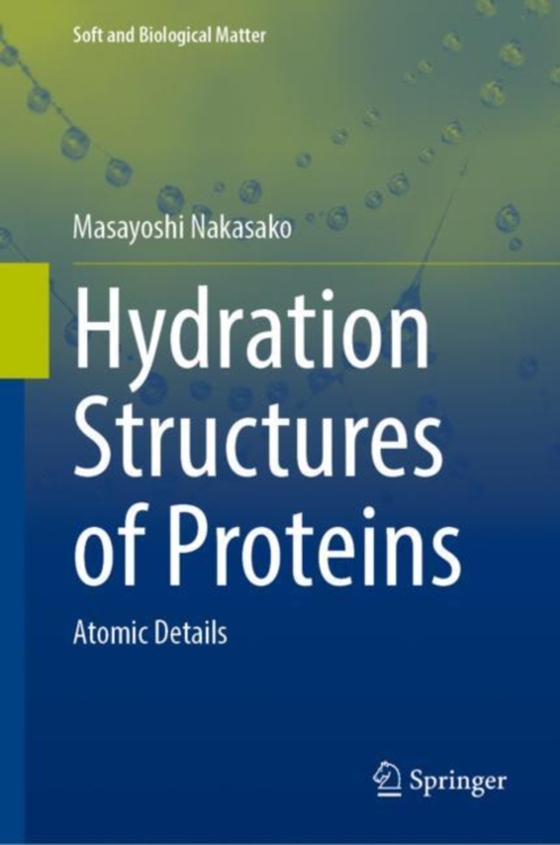
Hydration Structures of Proteins e-bog
1167,65 DKK
(inkl. moms 1459,56 DKK)
This book describes hydration structures of proteins by combining experimental results with theoretical considerations. It is designed to introduce graduate students and researchers to microscopic views of the interactions between water and biological macromolecules and to provide them with an overview of the field. Topics on protein hydration from the past 25 years are examined, most of which ...
E-bog
1167,65 DKK
Forlag
Springer
Udgivet
25 oktober 2021
Genrer
PDD
Sprog
English
Format
pdf
Beskyttelse
LCP
ISBN
9784431569190
This book describes hydration structures of proteins by combining experimental results with theoretical considerations. It is designed to introduce graduate students and researchers to microscopic views of the interactions between water and biological macromolecules and to provide them with an overview of the field. Topics on protein hydration from the past 25 years are examined, most of which involve crystallography, fluorescence measurements, and molecular dynamics simulations.In X-ray crystallography and molecular dynamics simulations, recent advances have accelerated the study of hydration structures over the entire surface of proteins. Experimentally, crystal structure analysis at cryogenic temperatures is advantageous in terms of visualizing the positions of hydration water molecules on the surfaces of proteins in their frozen-hydrated crystals. A set of massive data regarding hydration sites on protein surfaces provides an appropriate basis, enabling us to identify statistically significant trends in geometrical characteristics. Trajectories obtained from molecular dynamics simulations illustrate the motion of water molecules in the vicinity of protein surfaces at sufficiently high spatial and temporal resolution to study the influences of hydration on protein motion. Together with the results and implications of these studies, the physical principles of the measurement and simulation of protein hydration are briefly summarized at an undergraduate level.Further, the author presents recent results from statistical approaches to characterizing hydrogen-bond geometry in local hydration structures of proteins. The book equips readers to better understand the structures and modes of interaction at the interface between water and proteins. Referred to as "e;hydration structures"e;, they are the subject of much discussion, as they may help to answer the question of why water is indispensable for life at the molecular and atomic level.
 Dansk
Dansk

